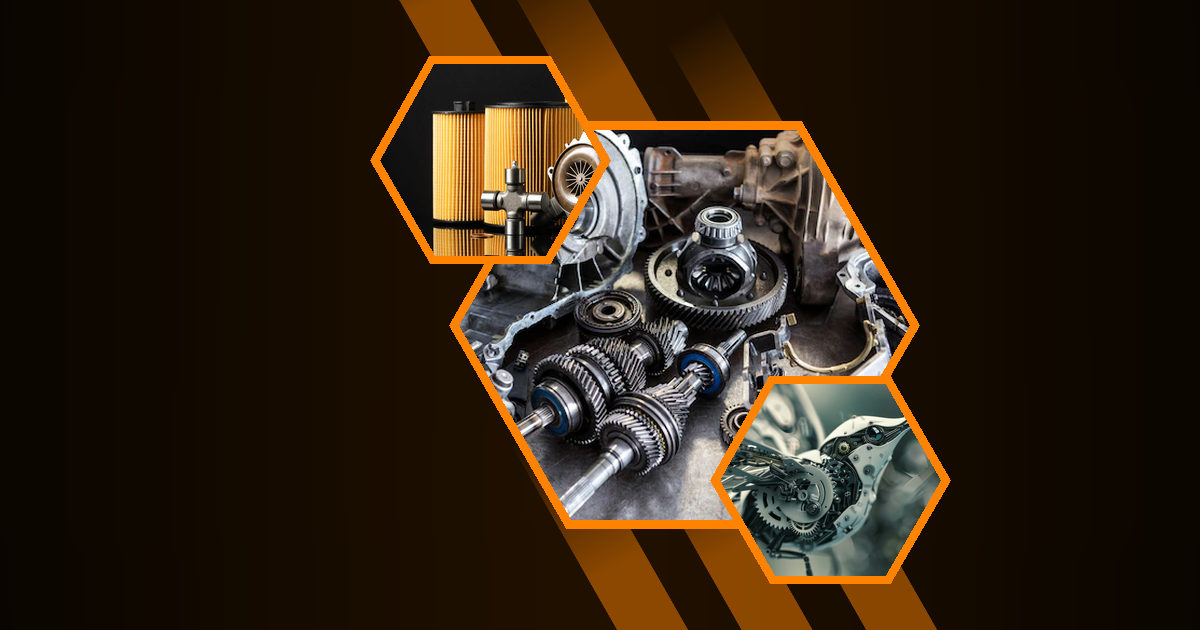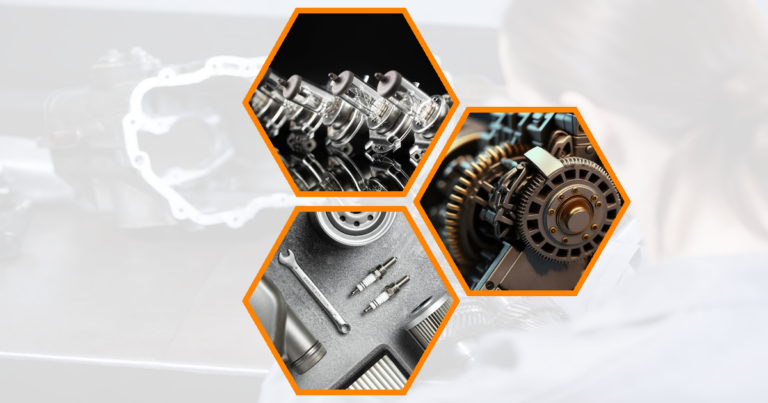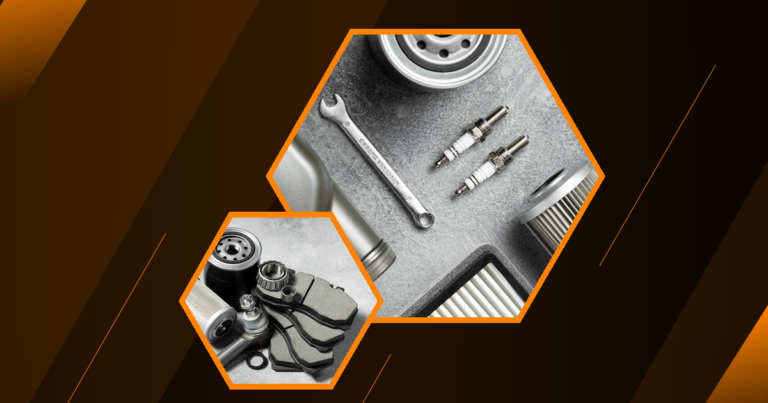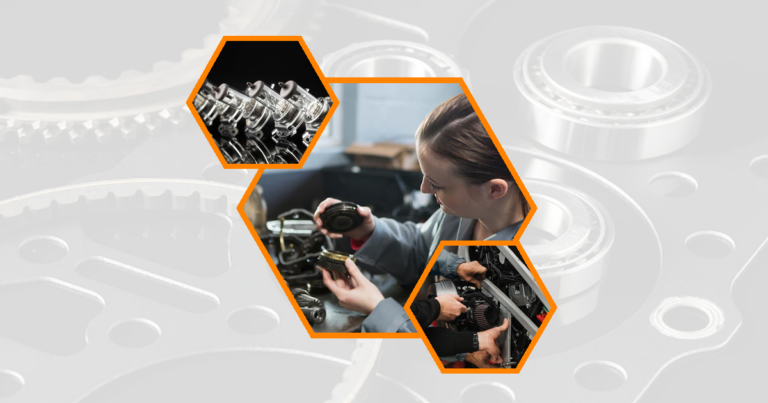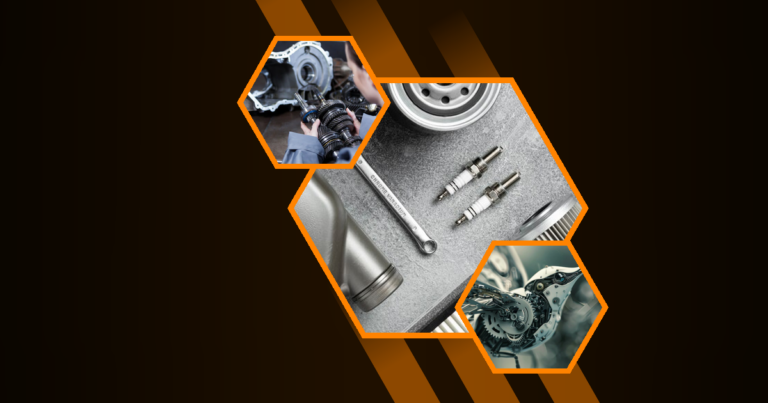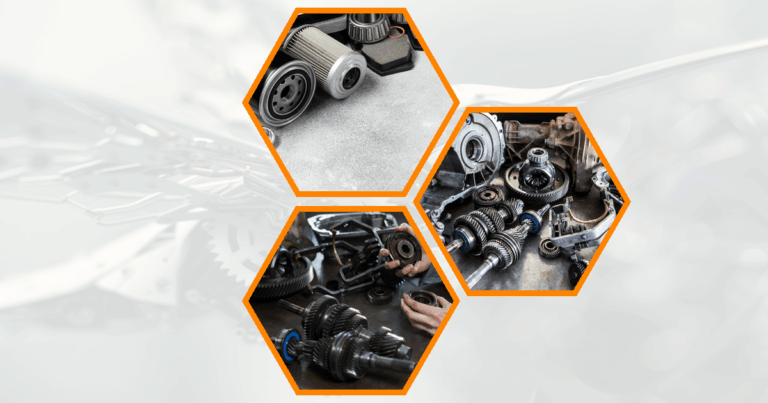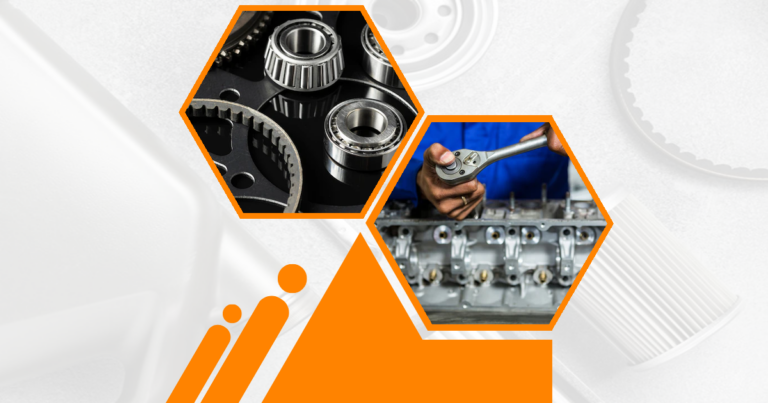What is a Spring? Exploring Mechanical Springs and Their Role in Vehicles
A spring is a mechanical device that stores and releases energy. It is typically made of coiled metal and can compress, extend, or twist to absorb energy and return to its original shape. Springs are essential in various applications, from simple toys to complex machinery, due to their ability to manage force and motion.
Springs operate on Hooke’s Law, which states that the force needed to extend or compress a spring is proportional to the distance it is stretched. This principle allows springs to perform tasks like cushioning impacts, maintaining tension, and storing energy efficiently.
How Springs Work in Cars and Other Vehicles
In vehicles, springs play a crucial role in the suspension system. They absorb shocks from the road, providing a smoother ride by reducing the impact of bumps and potholes. Springs also help maintain tire contact with the road, ensuring better handling and safety.
Springs in cars are often paired with shock absorbers to dampen the oscillations caused by road irregularities. This combination enhances ride comfort and vehicle stability, making springs indispensable in automotive engineering.
Key Functions of Springs in Automotive Systems
Springs serve several vital functions in vehicles. They support the vehicle’s weight, absorb road shocks, and maintain tire alignment. By doing so, they contribute to the overall safety and performance of the vehicle.
- Weight Support : Springs bear the vehicle’s weight, ensuring even distribution across all wheels.
- Shock Absorption : They cushion the impact of road irregularities, enhancing ride comfort.
- Tire Alignment : Springs help maintain proper tire alignment, improving handling and safety.
Types of Springs Used in Automotive Engineering
Compression Springs
Compression springs are open-coil springs that resist compressive forces. They are commonly used in automotive suspension systems to absorb shocks and maintain vehicle height.
Compression springs are designed to compress under load, storing energy and releasing it when the load is removed. This makes them ideal for applications requiring energy absorption and release.
Extension Springs
Extension springs are tightly wound coils that extend under tension. They are used in various automotive applications, such as trunk lids and brake assemblies, to provide resistance and return to their original shape.
These springs are designed to operate with a pulling force, making them suitable for applications where tension is required to hold components in place.
Torsion Springs
Torsion springs work by twisting and are used in applications like vehicle doors and throttle controls. They store energy in a rotational manner, providing torque to return components to their original position.
Torsion springs are ideal for applications requiring rotational force, as they can store and release energy efficiently.
Constant Force Springs
Constant force springs provide a consistent force over their range of motion. They are used in seatbelt retractors and other automotive applications where a steady force is needed.
These springs are made from a strip of pre-stressed material, allowing them to exert a constant force regardless of the extension length.
Belleville Springs
Belleville springs, also known as disc springs, are conical-shaped washers that provide high force in a small space. They are used in clutch and brake systems to provide precise force control.
Belleville springs are ideal for applications requiring high force in a compact design, making them suitable for automotive systems with limited space.
Advanced Spring Designs in Modern Vehicles
Gas Springs
Gas springs use compressed gas to exert force, providing smooth and controlled motion. They are used in hatchbacks and hood supports, offering easy lifting and lowering.
Gas springs are ideal for applications requiring smooth and controlled motion, as they provide consistent force without the need for external power.
Air Springs
Air springs use compressed air to provide cushioning and support. They are used in air suspension systems to adjust ride height and improve comfort.
Air springs offer adjustable ride height and improved comfort, making them suitable for vehicles requiring variable load capacity and ride quality.
Drawbar Springs
Drawbar springs are a type of extension spring with a built-in safety feature. They are used in applications where safety is a concern, such as in heavy-duty vehicles.
These springs provide tension while ensuring safety, making them ideal for applications where failure could lead to accidents.
Volute Springs
Volute springs are conical-shaped springs that provide high force in a compact design. They are used in applications requiring high force in a small space, such as in heavy machinery.
Volute springs are suitable for applications requiring high force in a compact design, making them ideal for automotive systems with limited space.
Garter Springs
Garter springs are coiled springs that provide radial force. They are used in seals and gaskets to maintain a tight fit and prevent leaks.
These springs are ideal for applications requiring radial force, as they provide a consistent seal and prevent leaks.
Flat Springs
Flat springs are thin, flat pieces of metal that provide force when bent. They are used in various automotive applications, such as in clips and fasteners.
Flat springs are suitable for applications requiring force in a compact design, making them ideal for automotive systems with limited space.
Applications of Springs in Automotive Systems
Suspension Systems
Springs are a critical component of suspension systems, providing shock absorption and maintaining vehicle height. They enhance ride comfort and handling by absorbing road irregularities.
- Shock Absorption : Springs cushion the impact of road irregularities, enhancing ride comfort.
- Vehicle Height : They maintain vehicle height, ensuring even weight distribution.
Engine Components
Springs are used in engine components, such as valves and camshafts, to provide tension and control movement. They ensure proper engine operation and performance.
- Valve Control : Springs provide tension to control valve movement, ensuring proper engine operation.
- Camshaft Operation : They maintain tension in camshafts, ensuring smooth engine performance.
Braking Mechanisms
Springs are used in braking mechanisms to provide tension and control movement. They ensure proper brake operation and safety.
- Brake Tension : Springs provide tension to control brake movement, ensuring proper operation.
- Safety : They ensure proper brake operation, enhancing vehicle safety.
Transmission Systems
Springs are used in transmission systems to provide tension and control movement. They ensure proper transmission operation and performance.
- Tension Control : Springs provide tension to control transmission movement, ensuring proper operation.
- Performance : They ensure proper transmission operation, enhancing vehicle performance.
Advantages of Using Springs in Automotive Design
Energy Absorption and Storage
Springs are excellent at absorbing and storing energy, making them ideal for applications requiring shock absorption and energy management. They provide a smooth ride by absorbing road shocks and maintaining vehicle height.
- Shock Absorption : Springs absorb road shocks, providing a smooth ride.
- Energy Management : They store and release energy efficiently, enhancing vehicle performance.
Improved Ride Comfort and Handling
Springs enhance ride comfort and handling by absorbing road irregularities and maintaining tire contact with the road. They ensure a smooth ride and improved vehicle control.
- Ride Comfort : Springs absorb road irregularities, enhancing ride comfort.
- Handling : They maintain tire contact with the road, improving vehicle control.
Weight Reduction and Fuel Efficiency
Springs contribute to weight reduction and fuel efficiency by providing lightweight and efficient energy management. They enhance vehicle performance and reduce fuel consumption.
- Weight Reduction : Springs provide lightweight energy management, reducing vehicle weight.
- Fuel Efficiency : They enhance vehicle performance, reducing fuel consumption.
Challenges and Limitations of Spring-Based Systems
Wear and Fatigue Over Time
Springs can wear and fatigue over time, leading to decreased performance and potential failure. Regular maintenance is essential to ensure proper operation and safety.
- Decreased Performance : Worn springs can lead to decreased performance and potential failure.
- Regular Maintenance : Regular maintenance is essential to ensure proper operation and safety.
Temperature Sensitivity
Springs can be sensitive to temperature changes, affecting their performance and reliability. It’s essential to consider temperature conditions when selecting springs for automotive applications.
- Performance : Temperature changes can affect spring performance and reliability.
- Selection : Consider temperature conditions when selecting springs for automotive applications.
Maintenance Requirements
Springs require regular maintenance to ensure proper operation and safety. Regular inspections and replacements are essential to prevent failure and ensure performance.
- Regular Inspections : Regular inspections are essential to ensure proper operation and safety.
- Replacements : Regular replacements are necessary to prevent failure and ensure performance.
Innovations in Spring Technology for Future Vehicles
Smart Materials and Adaptive Springs
Innovations in spring technology include the use of smart materials and adaptive springs. These materials can change their properties in response to external stimuli, providing enhanced performance and adaptability.
- Enhanced Performance : Smart materials provide enhanced performance and adaptability.
- Adaptability : Adaptive springs can change their properties in response to external stimuli.
Integration with Electronic Control Systems
Springs are being integrated with electronic control systems to provide enhanced performance and control. This integration allows for real-time adjustments and improved vehicle performance.
- Enhanced Performance : Integration with electronic control systems provides enhanced performance and control.
- Real-Time Adjustments : This integration allows for real-time adjustments and improved vehicle performance.
Lightweight Spring Designs for Electric Vehicles
Lightweight spring designs are being developed for electric vehicles to enhance performance and efficiency. These designs reduce weight and improve energy management, contributing to better fuel efficiency and performance. Cooling system components Crankshaft transforms motion by changing the up-and-down movement of pistons into a spinning motion This spinning motion helps engines power cars bikes and other machines
Automotive mechanism distinctions Cars have different parts that work together in unique ways Some cars use gasoline engines while others use electric motors to move Camshaft engine component The camshaft engine component is a rotating rod with special bumps that helps control when the engine’s valves open and close it works like a timer to make sure the engine runs smoothly
Vehicle impact dampeners are special parts that help make car rides smoother and safer by absorbing shocks from bumps and crashes Engine lubricants compared Different types of engine oils are tested to see which ones work best to keep car engines running smoothly and lasting longer
- Performance : Lightweight spring designs enhance performance and efficiency.
- Fuel Efficiency : These designs reduce weight and improve energy management, contributing to better fuel efficiency.
Selecting the Right Springs for Your Vehicle
Factors to Consider When Choosing Springs
When selecting springs for your vehicle, consider factors such as load capacity, material, and application. These factors will determine the spring’s performance and suitability for your vehicle.
- Load Capacity : Consider the load capacity of the spring to ensure proper performance.
- Material : Choose the right material for your application to ensure durability and reliability.
- Application : Consider the specific application to ensure the spring’s suitability for your vehicle.
Professional Installation vs. DIY Replacement
When replacing springs, consider whether to hire a professional or attempt a DIY replacement. Professional installation ensures proper fit and performance, while DIY replacement can save money but may require specialized tools and knowledge.
- Professional Installation : Ensures proper fit and performance.
- DIY Replacement : Can save money but may require specialized tools and knowledge.
FAQ’s
How do springs affect a car’s suspension?
Springs are integral to a car’s suspension system, affecting ride quality and handling. They absorb road shocks, providing a smoother ride by reducing the impact of bumps and potholes. Springs also help maintain tire contact with the road, ensuring better handling and safety. Without properly functioning springs, a vehicle’s suspension system would be less effective, leading to a rougher ride and decreased control.
What are the signs of worn-out springs in a car?
Worn-out springs can lead to a rough ride and decreased handling. Signs of worn-out springs include sagging suspension, uneven tire wear, and excessive bouncing. If you notice these symptoms, it’s essential to have your vehicle inspected by a professional to ensure safety and performance.
How often should car springs be replaced?
Car springs should be replaced when they show signs of wear or damage. This can vary depending on driving conditions and vehicle usage. Regular inspections by a professional can help determine when replacement is necessary to ensure safety and performance.
